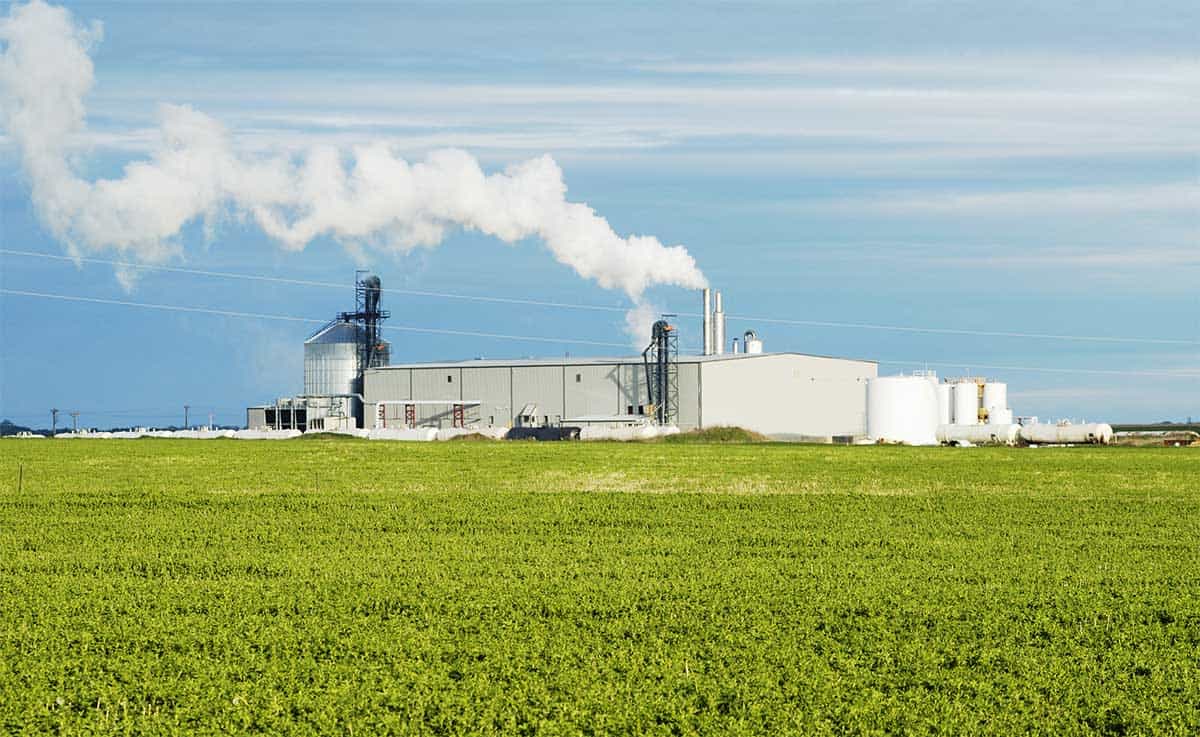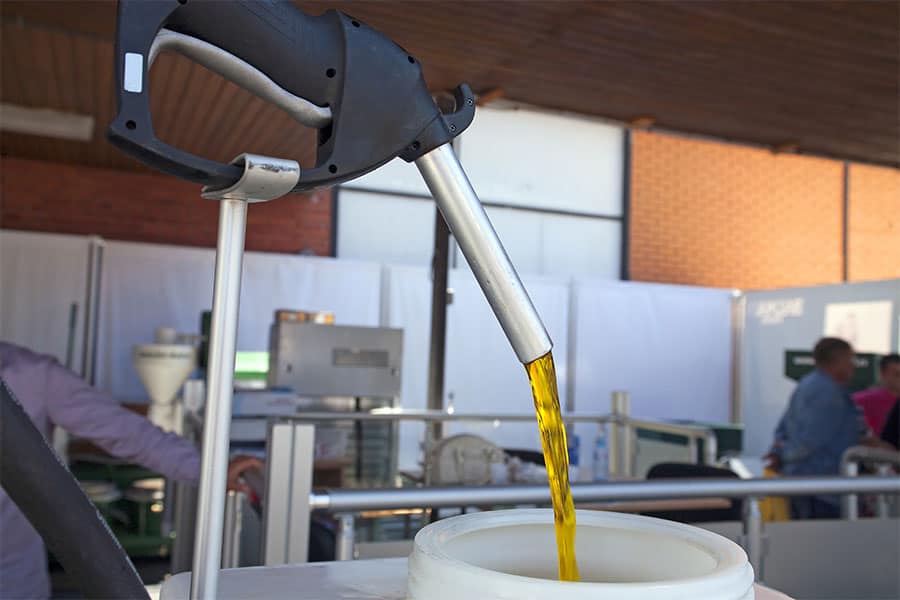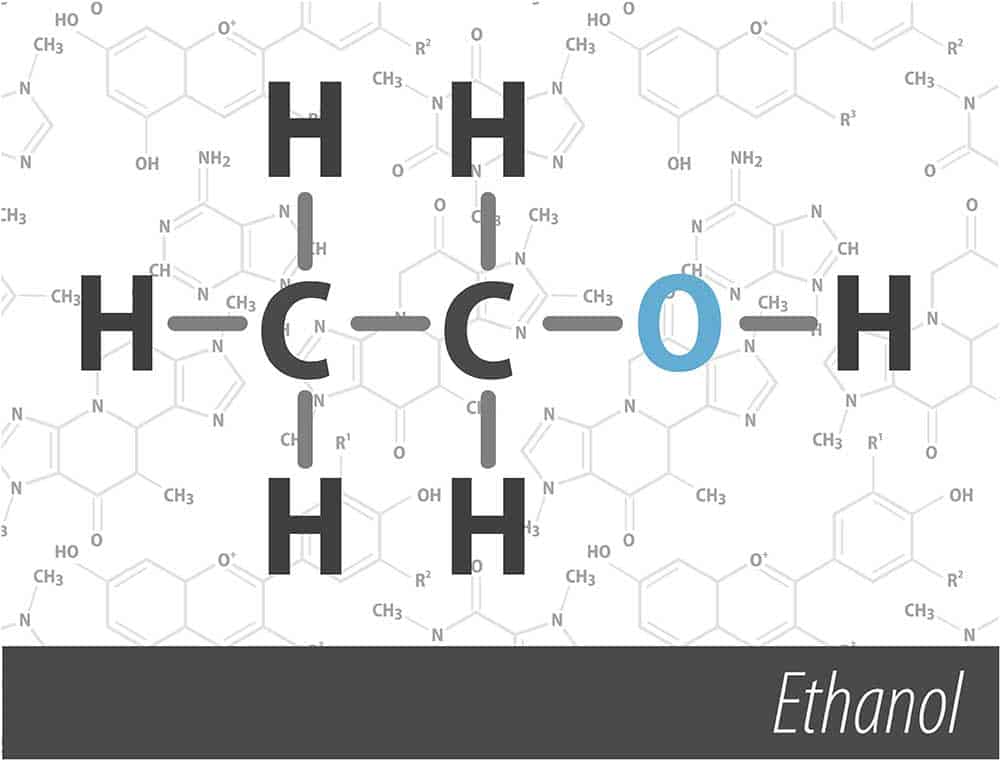Bioenergy is gaining in popularity but just how does biofuel work? This article explains the process of turning organic waste materials into renewable energy sources that can be used in a variety of ways.
There are a variety of biofuel types and they all work the same. The term generally refers to the creation of renewable fuel that is produced using biomass resources.
Using a biological process rather than geographical ones (such as fossil fuels do) present some advantages. The two most common types of biofuel use around the world are ethanol and biodiesel.
These renewable energy sources use various biomass types are feedstock. This includes cornstarch and sugar cane, animal waste, or vegetable oil.
However, there are other potential sources of biofuel. Algae and forestry waste are seeing high levels of research and development for biofuel production. Biofuel in general is being studied and developed around the world as a potential future global energy source. Given its rise in popularity, it’s important to understand how biofuels work. 
So, How Does Biofuel Work?
Biofuels are a form of combustible fuel that is made from renewable resources, such as:
- food waste
- harvested crops
- specially grown materials like algae
However, they work in much the same way as fossil fuels. When biofuels are burned, they release energy. That energy source is then converted into motion or heat. For industrial facilities that use biomass and biofuel, the energy source can create more output or can simply heat buildings.
Biofuels require complex processing. Its production has a wide range of biomass sources and techniques are used. Ethanol is most commonly produced by using alcohol that can be found in sugarcane and corn.
Microbial Processes for Biofuels
It is now commonplace that ethanol is mixed with gasoline and diesel fuel because of its effectiveness in lowering carbon dioxide emissions. Moreover, using biofuels to produce ethanol requires some basic steps:
- Sugar fermentation using microbial processes
- Distillation (water removal)
- Dehydration (water removal)
The two stages of water removal ensure that water is removed from the biomass as much as possible. This makes it more suitable for engine and industrial use.
Transesterification
Biodiesel uses a very different production process called transesterification. This uses the chemical reactions of lipids and alcohol to produce a more energy-efficient biofuel.
Both bioethanol and pure biodiesel work in the same way as other types of liquid fuel. They can be used as an energy source in production plants, homes, vehicles, and commercial buildings.
Uses of Biofuel
Although biofuels can be used in a variety of settings, they are currently most commonly used throughout the transportation industry. Biodiesel and ethanol are two liquid biofuels commonly used in flexible fuel vehicles.
Biodiesel
Known as a cleaner-burning replacement for petroleum-based diesel, biodiesel is used in compression-ignition engines. Biodiesel is biodegradable, non-toxic, and is produced by mixing alcohol with biomass greases like animal fat or vegetable oil.
Biodiesel can also be mixed with petroleum diesel.
Ethanol
Ethanol is a type of alcohol fermented using various plant materials like starch and sugars. It is commonly used as a blending agent with gasoline. Ethanol blends like E10 and E85 are used at most gas stations in the United States and help reduce carbon emissions. The difference between blends is the percentage of ethanol used.

Creating a Final Product
Generating advanced biofuels, such as renewable hydrocarbon fuels and cellulosic ethanol, involves multiple steps.
First, the plant cell wall, which is sturdy, has to be broken down. The wall includes several biological molecules tightly bound together, including lignin, cellulose, and hemicellulose. There are two different ways to break down this wall. It can be dismantled via exposure to high temperatures or low temperatures.
Dismantling at High Temperatures
This process uses extreme heat levels to convert solid biomass into intermediates that are either gaseous or liquid. There are three main ways to achieve this:
- Pyrolysis
- Gasification
- Hydrothermal liquefaction
The pyrolysis process requires biomass to be quickly heated in an environment free of oxygen. The temperatures are extremely high, usually between 500°C and 700°C.
Because of the heat, the biomass can be broken into pyrolysis vapor, gas, and char. The char is then removed. The vapors are given time to cool and then compressed into a liquid form, often referred to as bio-crude oil.
The process of gasification is similar, but there are some key differences. The temperature range is higher, with temperatures above 700°C. There is also some oxygen present in the environment so that synthesis gas (syngas) can be produced. This mixture is primarily made up of hydrogen and carbon monoxide.
The thermal process typically recommended for wet feedstocks, such as algae, is hydrothermal liquefaction. In this process, water is exposed to more moderate temperatures in a range between 200°C and 350°C. The pressure is then elevated so that the biomass can be turned into liquid bio-crude oil.
Dismantling at Low Temperatures
The process of dismantling at lower temperatures generally uses biological catalysts, such as chemicals or enzymes. This allows feedstocks to be deconstructed and converted to intermediates.
First, the process begins with a pretreatment step. Next, the algae and plant cell walls are opened so that hemicellulose, cellulose, and other sugar polymers are easier to access.
Lastly, the hydrolysis process breaks down these polymers into building blocks of simple sugar. This can be done chemically or enzymatically.

Creating a Final Product
After dismantling is complete, intermediates like sugars, syngas or biomass must go through an upgrading process. This is where they are converted into finished products. Processing can be done biologically or chemically in specifically engineered or upgraded production facilities.
Bacteria, cyanobacteria, and yeast can be used to ferment gaseous intermediates or sugar, creating chemicals or fuel blendstocks. A catalyst can also be used to process sugars, syngas, and sugars and remove any reactive compounds. This makes the products easier to store and handle.
The final products created through the upgrading process could be bioproducts or fuel which can be sold commercially. The products could also be some sort of stabilized intermediate that can be finished in a plant or refinery.










